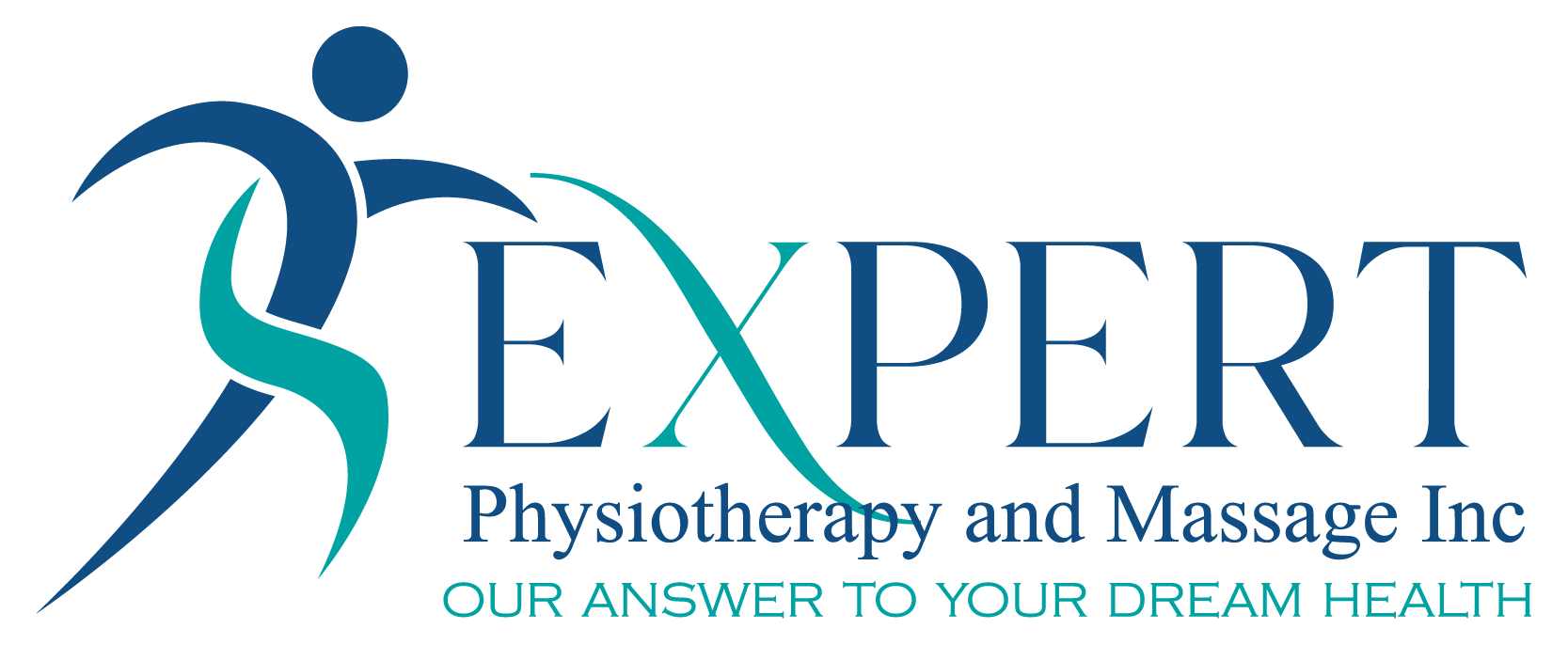The rotator cuff, a group of muscles and tendons that stabilize the shoulder joint, plays a vital role in arm movement and strength. This crucial structure consists of four muscles—supraspinatus, infraspinatus, teres minor, and subscapularis—that work together to hold the shoulder in its socket and allow for smooth, controlled movements like lifting, reaching, and rotating your arm. Here’s a closer look at these muscles and their main functions:
- Supraspinatus: Located at the top of the shoulder, this muscle is responsible for lifting the arm and stabilizing the shoulder joint.
- Infraspinatus: Situated at the back of the shoulder, it aids in rotating the arm outward (external rotation).
- Teres Minor: A small muscle below the infraspinatus, it also helps with external rotation and contributes to stabilizing the shoulder.
- Subscapularis: Found at the front of the shoulder blade, this muscle facilitates inward rotation (internal rotation) of the arm.
Together, these muscles ensure the shoulder remains stable during movement while providing the strength and flexibility needed for daily activities and complex motions. When the rotator cuff sustains a tear—whether from injury, overuse, or age-related degeneration—surgery may be necessary to restore function and alleviate pain. At Expert Physiotherapy and Massage, we specialize in guiding patients through every step of their journey, from pre-surgery preparation to post-operative recovery and rehabilitation.
Understanding Rotator Cuff Repair Surgery
Rotator cuff repair surgery aims to reattach the torn tendon to the head of the humerus (upper arm bone) and address associated damage. There are three main surgical approaches:
- Arthroscopic Surgery: A minimally invasive procedure involving small incisions and the use of a camera and specialized instruments.
- Open Surgery: A traditional method involving a larger incision for direct access to the torn tendon.
- Mini-Open Surgery: Combines arthroscopy and open surgery to minimize invasiveness while ensuring adequate repair.
The choice of surgical method depends on the extent of the tear, the patient’s overall health, and the surgeon’s expertise.
The Importance of Rehabilitation
Rehabilitation is crucial for a successful recovery after rotator cuff repair surgery. A structured rehabilitation program ensures the healing tendon gradually regains strength and flexibility while minimizing the risk of re-injury. Here’s an overview of the typical phases of rehab:
- Immobilization and Protection (Weeks 1-6):
- The shoulder is often immobilized in a sling to protect the repaired tendon.
- Gentle, passive range-of-motion exercises guided by a physiotherapist prevent stiffness and maintain joint health.
- Early Strengthening (Weeks 7-12):
- Gradual introduction of active-assisted and active exercises.
- Focus on rebuilding strength in the shoulder and surrounding muscles.
- Advanced Strengthening (Months 3-6):
- Progressive resistance exercises to restore full strength and function.
- Emphasis on shoulder stability and improving range of motion.
- Return to Activity (Months 6+):
- Transition to sport-specific or work-related activities.
- Regular assessments ensure readiness to resume pre-injury levels of activity.
What to Expect After Surgery
Recovering from rotator cuff repair surgery requires patience and a commitment to your rehabilitation plan. Here’s what you can generally expect:
- Pain and Discomfort: It’s normal to experience some pain and swelling after surgery, which can be managed with prescribed medications and ice packs.
- Limited Mobility: Your arm will likely be in a sling for several weeks to protect the repair and allow for proper healing.
- Gradual Progress: Recovery milestones vary, but it typically takes several months to regain full function. Regular physiotherapy sessions are key to steady improvement.
- Follow-Up Appointments: Routine check-ups with your surgeon will monitor your progress and address any concerns.
Precautions to Prevent Re-Injury
- Avoid Heavy Lifting: Do not lift objects or engage in strenuous activities until cleared by your healthcare provider.
- Follow Sling Instructions: Wear your sling as directed to prevent unnecessary strain on the healing tendon.
- Stick to Your Exercise Plan: Perform only the exercises recommended by your physiotherapist to avoid overloading your shoulder.
- Be Patient with Progress: Trying to rush your recovery can lead to setbacks or complications.
- Maintain Good Posture: Proper posture can reduce stress on your shoulder and promote optimal healing.
Tips for a Smooth Recovery
- Follow Your Surgeon’s Advice: Adhere to post-operative instructions, including wearing your sling as recommended.
- Commit to Physiotherapy: Consistent attendance at physiotherapy sessions ensures steady progress.
- Listen to Your Body: Avoid overexertion, and communicate any concerns or unusual pain to your healthcare team.
- Stay Positive: Recovery takes time, but dedication and patience yield excellent results.
How Expert Physiotherapy and Massage Can Help
Our team at Expert Physiotherapy and Massage provides personalized care tailored to your specific needs. We combine evidence-based techniques with a compassionate approach to ensure you recover safely and effectively. Our services include:
- Post-surgical physiotherapy
- Pain management strategies
- Customized exercise programs
- Manual therapy and massage for scar tissue and stiffness
Take the First Step Toward Recovery
If you’re preparing for or recovering from rotator cuff repair surgery, we’re here to support you. Contact Expert Physiotherapy and Massage today to schedule a consultation and begin your journey to restored shoulder health.


